Discover Ladakh: 5 Unforgettable Places to Go
Ariel Sophia Bardi shares her top experiences in Ladakh, whether you're looking for hikes, monasteries or beautiful lakes.
 Photo © Ariel Sophia Bardi
Photo © Ariel Sophia Bardi
Ladakh, an ancient, high-altitude desert region sandwiched between the world’s highest mountains, used to be an independent kingdom.
Today, this “Little Tibet” is one of India’s most unforgettable destinations, known for jaw-dropping landscapes and its unique, Sufi and Buddhist-influenced culture.
Tso Pangong
This magnificent, high-altitude lake shares a border with neighboring Tibet.
Were it not for chilly mountain winds, you might mistake Pangong’s white sand shores and glittering waters for a Caribbean beach.
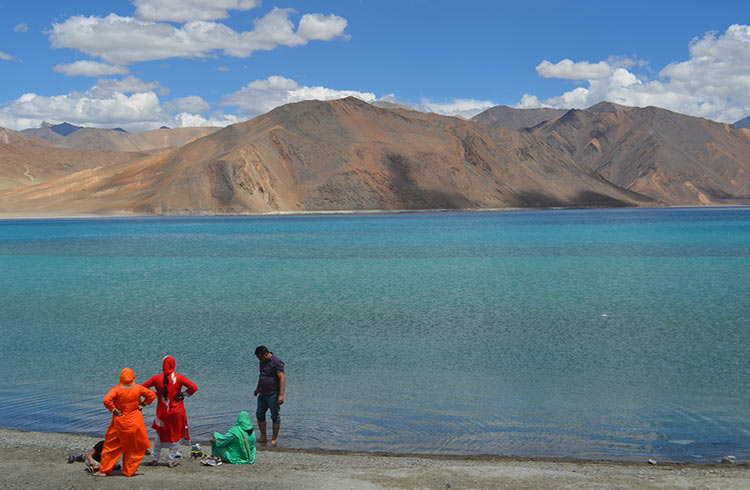
Nubra Valley
Up above bustling Leh, Ladakh’s main city, a rocky, teetering road winds its way to Khardung La, the world’s highest motorable pass at almost 18,000 ft (5,486m).
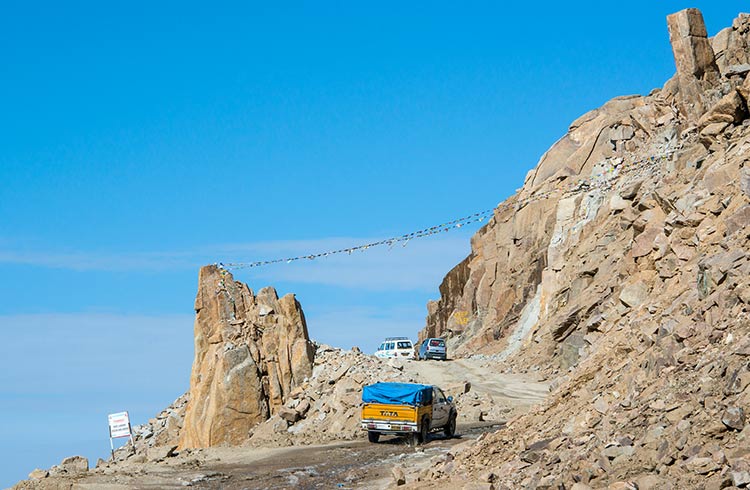
The treacherous high pass – an attraction in its own right – marks the halfway point to Nubra Valley, a lush and picturesque oasis in northern Ladakh.
In Diskit, check out the 100ft (30m) golden Buddha that presides over the valley’s oldest monastery.
White sand dunes and purple mountains are home to a special breed of two-humped camels – which you can ride – in nearby Hundar.
Further down the fast-flowing Shyok river lies the edge-of-the-world Balti village of Turtuk, surrounded by fruit orchards and famous for its warm hospitality.
Hiking in Ladakh
Acclimatize to Ladakh’s elevations with a walk around Leh town. A rugged, hilly path leads from the Old City to Leh Palace, the former royal headquarters. It continues to Sankar Gompa, a stark and stunning monastery built into the craggy hillside.
Further afield, the village of Ule, in western Ladakh, is a prime spot for day hikes and – if you’re lucky – snow leopard spotting.
Trekking in Ladakh
There’s no better way to discover Ladakh than by crossing it on foot. But be warned, treks involve unshaded climbs and steep ascents.
The popular Markha Valley trek crosses barren, mountainous terrain through remote villages and passing monasteries.
The smoother Sham Valley trek, a so-called “baby trek,” is a four-day hike through orchards, fields, stupas, and farms.
Most treks take place in summer. But only winter offers the Chadar trek, a one-of-a-kind journey deep through the Zanskar Valley, walking on top of a frozen river.
Not keen on slushy hikes or icy campsites? Try summer white water rafting on Zanskar River instead.
Monasteries
Centuries-old Buddhist monasteries, known as “gompas,” are an unforgettable part of Ladakh’s scenery. Topped by snowy peaks, they perch dramatically atop bare, twisted hills.
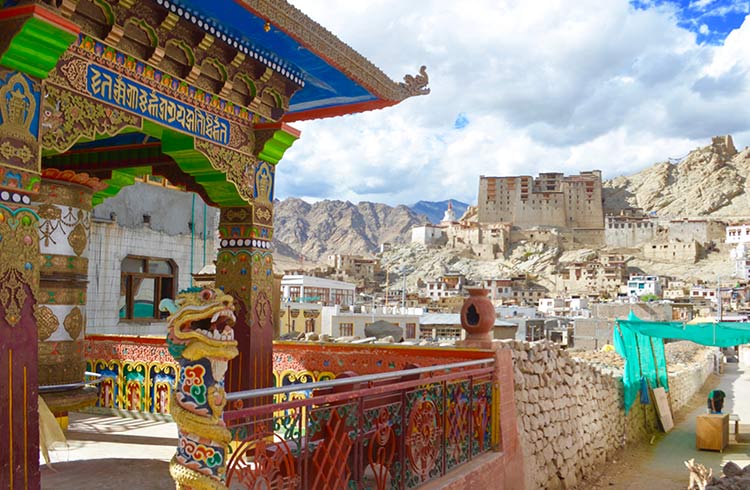
Lamayuru, located in Ladakh’s famous “moonland,” overlooks a strange, lunar-looking landscape. The fascinating temple contains ancient ritual objects, some crafted from human bones.
Thiksey, close to Leh, stuns visitors with its vertically-stacked buildings and stupas, giving it the look of a majestic beehive. Visitors can glimpse ancient statues, frescos, and thangka paintings inside the monasteries – as well as monks chanting, deep in prayer.
Related articles
Simple and flexible travel insurance
You can buy at home or while traveling, and claim online from anywhere in the world. With 150+ adventure activities covered and 24/7 emergency assistance.
Get a quote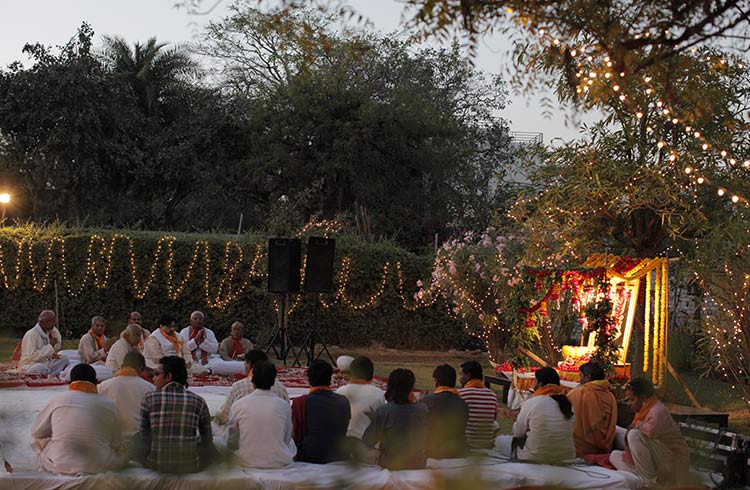

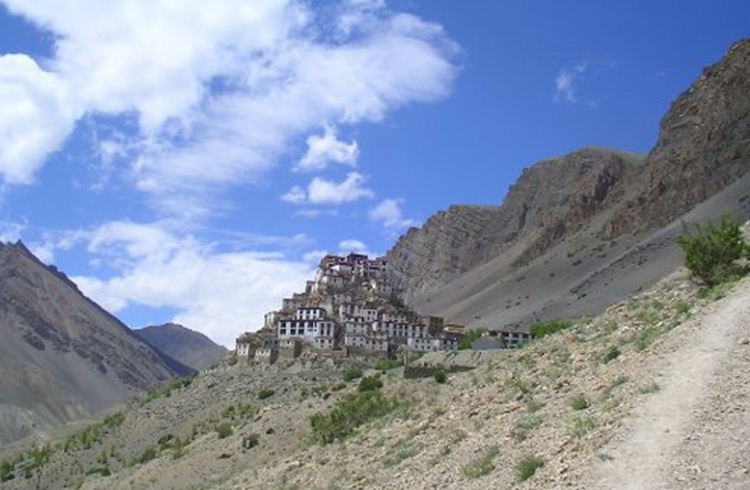
No Comments